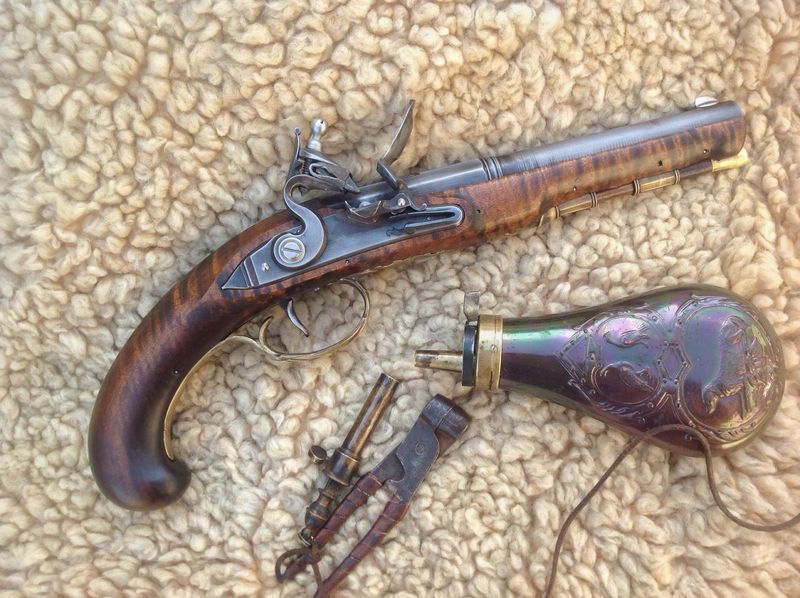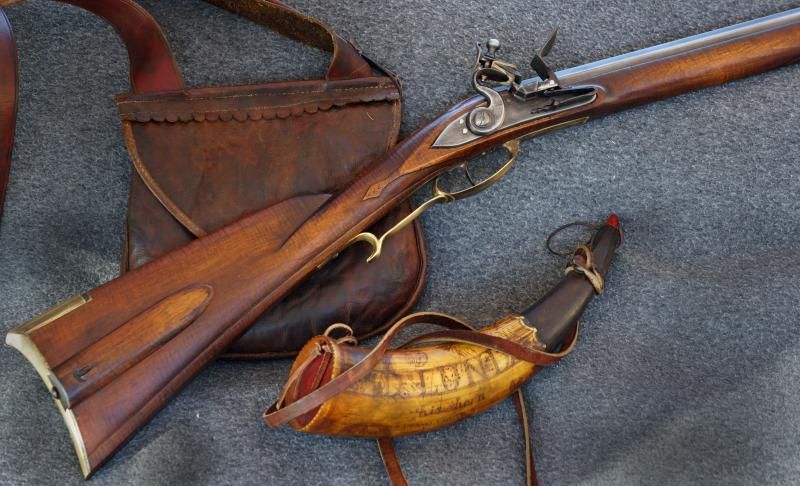I have forgotten how many different types of cold blue I have used over the years. It used to be that 44-40 was some great stuff and gave a very pleasing dark black blue that seemed to wear fairly well. However, since Brownells bought the old formula, there seems to have been something that changed in the formula. Maybe something to get around HazMat laws? I don't know, but it is not the same stuff and I gave up on it because it no longer wears well, even for cold blue.
For the past 25 ples years or more, I have used many bottles of Brownell's Oxpho-Blue as the cold blue I use about 90 percent of the time. It is the best wearing stuff out there and when "knocked back" with scratch pads or fine steel wool, it still lasts longer than anything else.
Further, AS LONG AS you NEVER stick ANYTHING but a clean Q Tip in the solution, it lasts all the way down to the last drip in the bottle. However, if you stick a Q Tip in it that you already used, you are going to contaminate the solution and ruin it before you get half way through the bottle.
One 4 oz. bottle of this stuff for the purpose of making a worn grey solution, will last for at least four or five long gun barrels if not more, and that is true even when you use two or three coats per barrel and knock it back between coats.
http://www.brownells.com/gunsmith-...ld-bluing-chemicals/oxpho-blue--prod1072.aspx
I am more than a bit jaded about the use of Naval Jelly to "age" something or make it look old. There is no way the surface of Ferrous Metal looks like anything else BUT Naval Jelly was used unless one goes through all kinds of additional touches and treatments. At least one good thing about that is those who try to fake the age of parts or guns or knives or swords with Naval Jelly, it is pretty easy to spot it was Naval Jelly that was used to do their faking/forgery.
Gus








